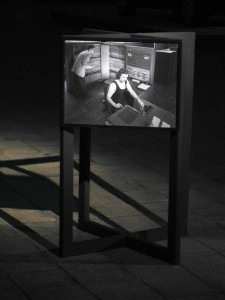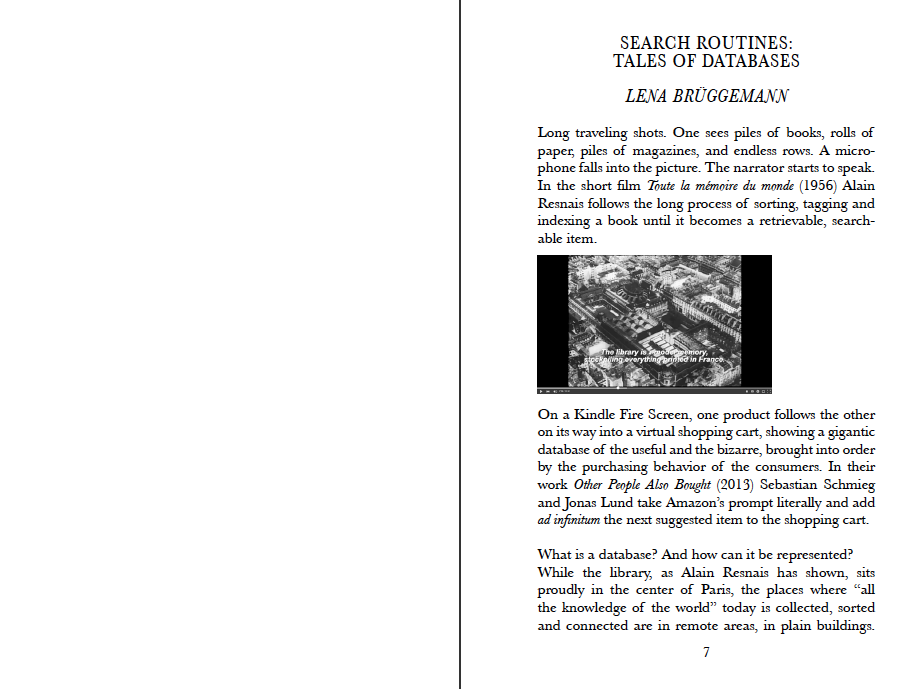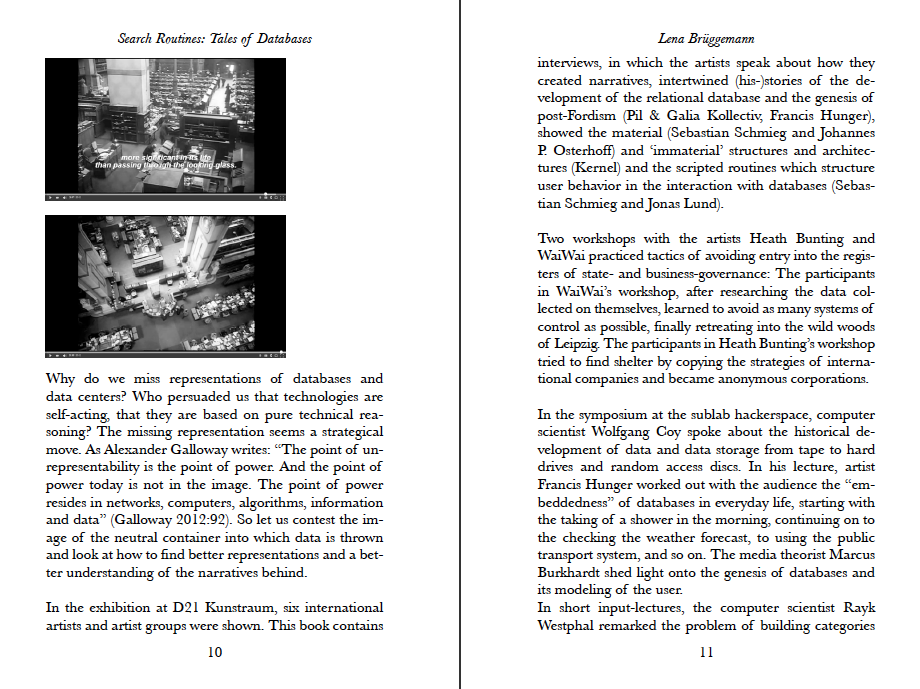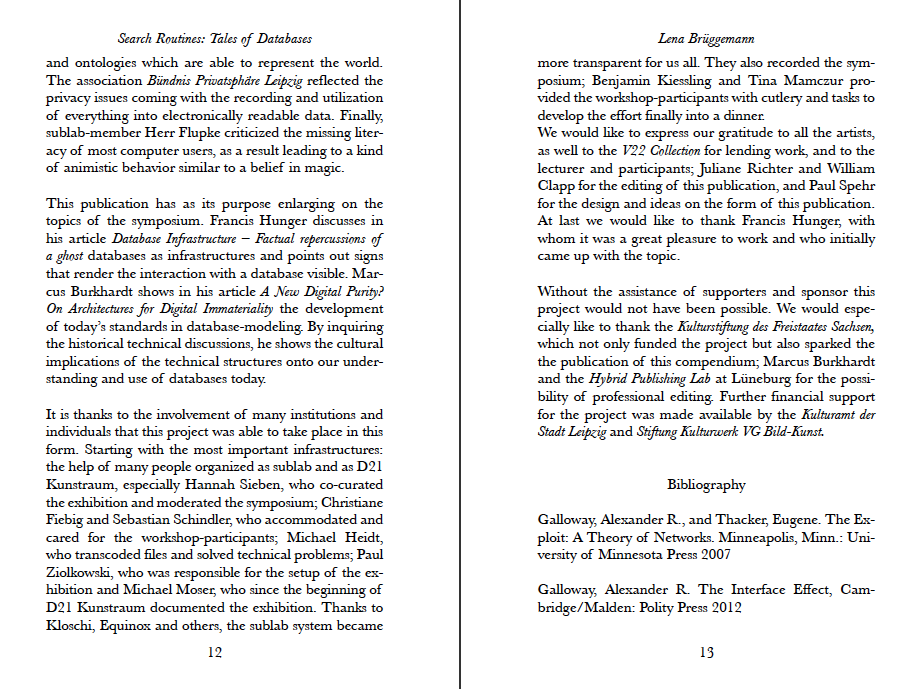Workshop with Francis Hunger, artist (Leipzig)
18th + 19th January, 10am-4pm
Research Center for Proxy Politics (Hito Steyerl, Vera Tollmann, Boaz Levin, Maximillian Schmoetzer, Anil Jain)
UDK Berlin, Raum 115
This workshop aims to establish a notion of computing history that is oriented towards database software. During the first day we look into diverse practices of database usage, its historical and social origins.
Knowledge production by way of the library, the collection, the processing of mathematical equations in the age of human computing and bio-political practices such as statistics, data collection, resource management and insurance business have informed database technologies.
Lately, notions like big data or large scale search engines were added to this set of practices. During the second day the discussion focuses on tables and relations that form and put in form the base of data. And we go for a database dérive, which means we go outside to observe databases in their natural habitat to sense the infrastructural dimension of database usage today.
Day 1:
- Lecture »Computing In-formation: Data and its Base«,
- Introductioduction to SQL and relational databases
- Close Reading – Mark Poster: Databases as Discourse or Electronic Interpellations. In: The Second Media Age. Polity Press 1995
Day 2:
- Continuation of Close Reading – Mark Poster
- Database Derivé

Close Reading session of Mark Posters text about Databases as electronic interpellations. We read the text paragraph by paragraph and subsequently discuss each section until it is understood.

On our way to Berlin stock exchange Building. As we learned, the stock exchange has moved out, because it is computer based now. A few people went into the hotel to find out, what data needs to be stored in their booking system, in order to get a room.

Theater des Westens has an old-fashioned ticketing system on paper cards for the subscription. But you can buy tickets online via a third-party service.

Database Derivé: ID Number at a door – electric switch room for U2 subway line
Notes: This time the database derivé took place in February which turned out to be cold. So we went mostly into buildings and asked the businesses about their database practices. One could do so individually each day, but here it seems that the groups’ supportive existence encouraged inquiring.
Some of the participants were dissatisfied because »it seems with every workshop comes a we-go-into-the-city-and-experience-it-differently session«. That made me think about it and understand that a derivé may be me more exciting for a diverse crowd as it was drawn by the
Galerie Wedding database derivé last year, but may be less interesting for art students. However, what worked well in both occasions, that the sheer fact of moving around, instead of sitting in a room, fosters communication amongst the participants – it is informal but still the conversation connects to the overall topic. Also the sceptics agree.
The close reading (paragraph by paragraph) of Mark Posters essay was very appreciated by the participants, both because the text itself is inspiring and because the reading and discussing paragraph by paragraph enabled an intense debate within the group. This session also benefited from the comments of the RCPP-members who provide additional input on a high academical level.
























